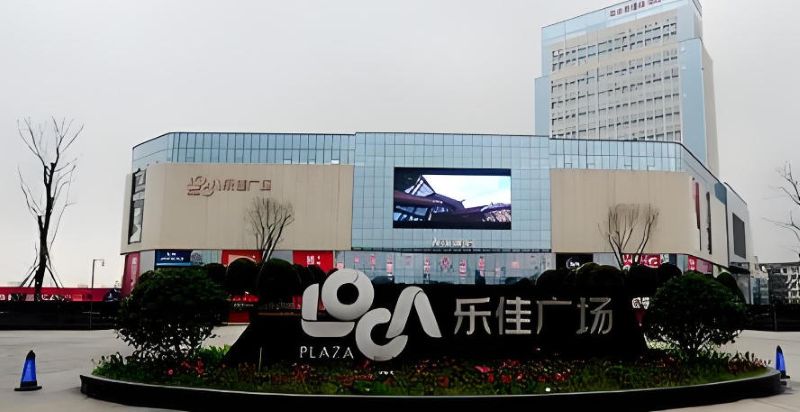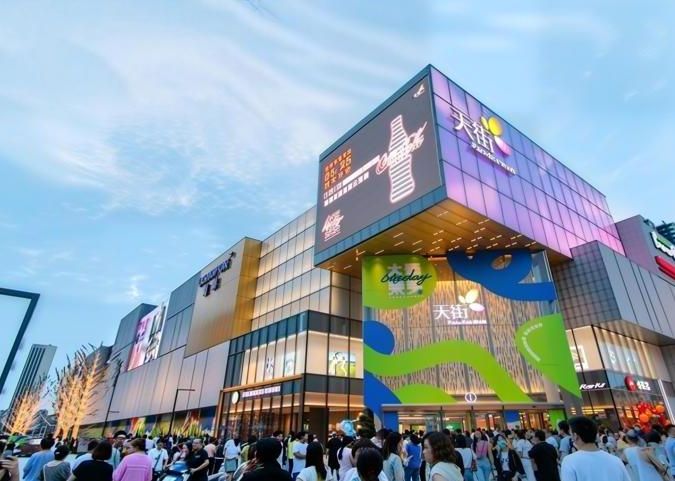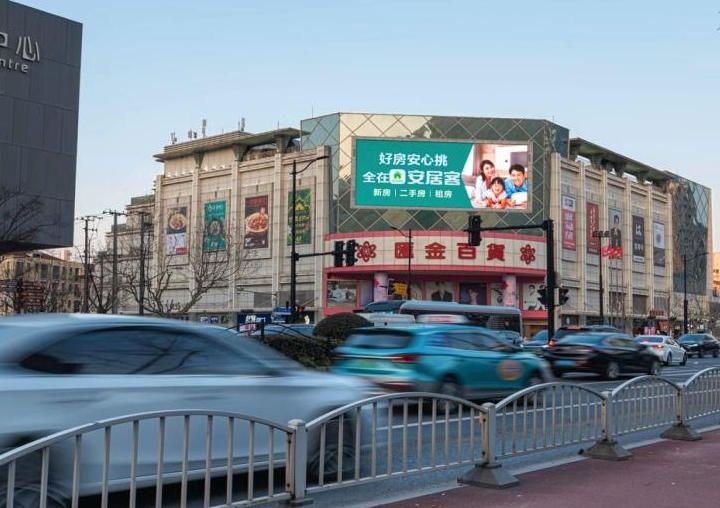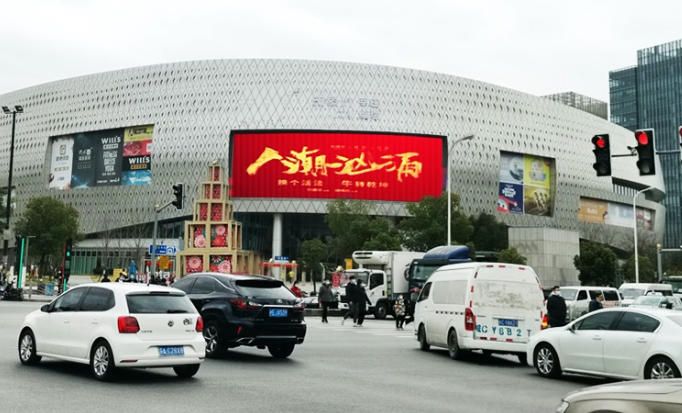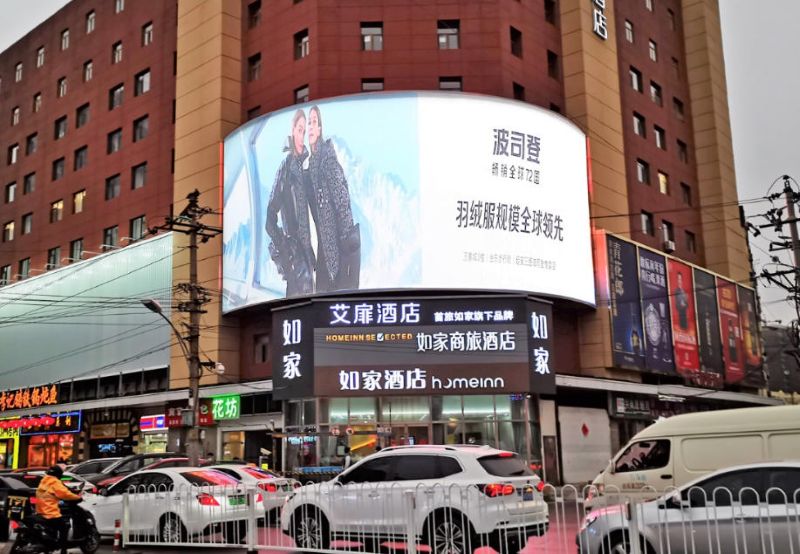The Evaluation Framework for Outdoor Advertising Effectiveness in the Digital Era
2025-07-15Tianci MediaViews:124
Highlights
Outdoor advertising evaluation is not a single calculation but a systemic process spanning exposure → precision → engagement → conversion → cognition. By building a data-driven framework across these stages
In an era where digital marketing dominates, outdoor advertising still holds unique value through its strong visual impact and high-frequency urban exposure. However, many advertisers question: "Are the investments truly effective?" Assessing outdoor advertising performance requires a multi-dimensional framework beyond superficial metrics like exposure numbers or subjective satisfaction. Scientific analysis ensures every dollar is spent wisely, targeting accurately and calculated precisely.

1. Exposure Coverage: Quantity as the Foundation 📍
The fundamental value of outdoor advertising lies in how many eyes it captures.
Traffic Flow Monitoring
In metro stations, bus shelters, or airports, leverage video analytics, footfall counters, or transportation big data platforms to measure daily traffic volume.
Visibility Range Assessment
Not all exposures are equal. Evaluate whether placements align with high-traffic zones, remain unobstructed, and fall within primary sightlines to calculate "effective impressions."
Frequency & Duration Analysis
Sustained visibility matters. For media like elevator ads or subway billboards, analyze reach curves across 3-day, 7-day, and 14-day cycles to optimize campaign longevity.
2. Audience Precision: Who Truly Sees It? 🎯
Effectiveness hinges not just on how many but who engages with the content.
Target Demographic Overlap
For campaigns targeting white-collar women, CBD elevator ads in metro hubs likely outperform residential areas. Use urban heatmaps and demographic data to assess alignment between placements and audience profiles.
Time-Slot Optimization
Daytime office zones vs. nighttime residential areas attract distinct audiences. Match ad timing with target behaviors—e.g., lunch-hour footfall near business districts.
Channel-Brand Synergy
Beauty brands thrive in shopping malls; luxury products suit airports or high-speed rail stations. The environment shapes brand perception, demanding contextual harmony.

3. Engagement & Conversion Metrics: From "Seeing" to "Acting" 💡
Modern outdoor advertising integrates digital interactions (QR codes, AR), requiring tracking of post-exposure actions.
Scan/Click-Through Rates
Embed QR codes or short URLs to monitor interactions. Analyze IP addresses, time stamps, and bounce rates to gauge engagement depth.
Secondary Behavior Tracing
Measure post-scan actions: app downloads, test-drive bookings, or social media follows to evaluate persuasive power.
Offline-to-Online Attribution
Link CRM or POS systems to track in-store visits or online searches for campaign-specific keywords during ad cycles.
4. Brand Recall & Emotional Impact: Intangible Yet Critical ✨
For brand-building campaigns, focus on soft metrics like memory retention and emotional resonance.
Pre-Post Awareness Surveys
Conduct targeted polls pre- and post-campaign to measure shifts in brand recognition, favorability, and association.
Social Listening
Use sentiment analysis tools to track mentions, keyword clusters, and emotional tone on platforms like WeChat, Xiaohongshu, or Douyin.
Emotional Tagging
For campaigns aiming to inspire empathy or excitement (e.g., charity ads, product launches), categorize audience reactions to refine future storytelling.

5. Cost Efficiency: Was It Worth the Investment? 💰
Ultimately, financial accountability defines success.
CPM (Cost Per Thousand Impressions)
Calculate unit costs against verified exposure figures to compare media channel efficiency.
CPA/CPT (Cost Per Action/Transaction)
Estimate ROI by linking scans, sign-ups, or purchases to specific placements, enabling cross-channel comparisons.
Full-Cycle Cost Breakdown
Itemize media fees, production costs, and maintenance expenses. Identify high-performing nodes and underperforming segments for iterative optimization.
Conclusion:
Outdoor advertising evaluation is not a single calculation but a systemic process spanning exposure → precision → engagement → conversion → cognition. By building a data-driven framework across these stages, brands can answer the pivotal question: "Did our investment hit the bullseye?" In an age of fragmented media, true mastery lies in rigorous measurement—transforming outdoor advertising into a strategic weapon for growth.






